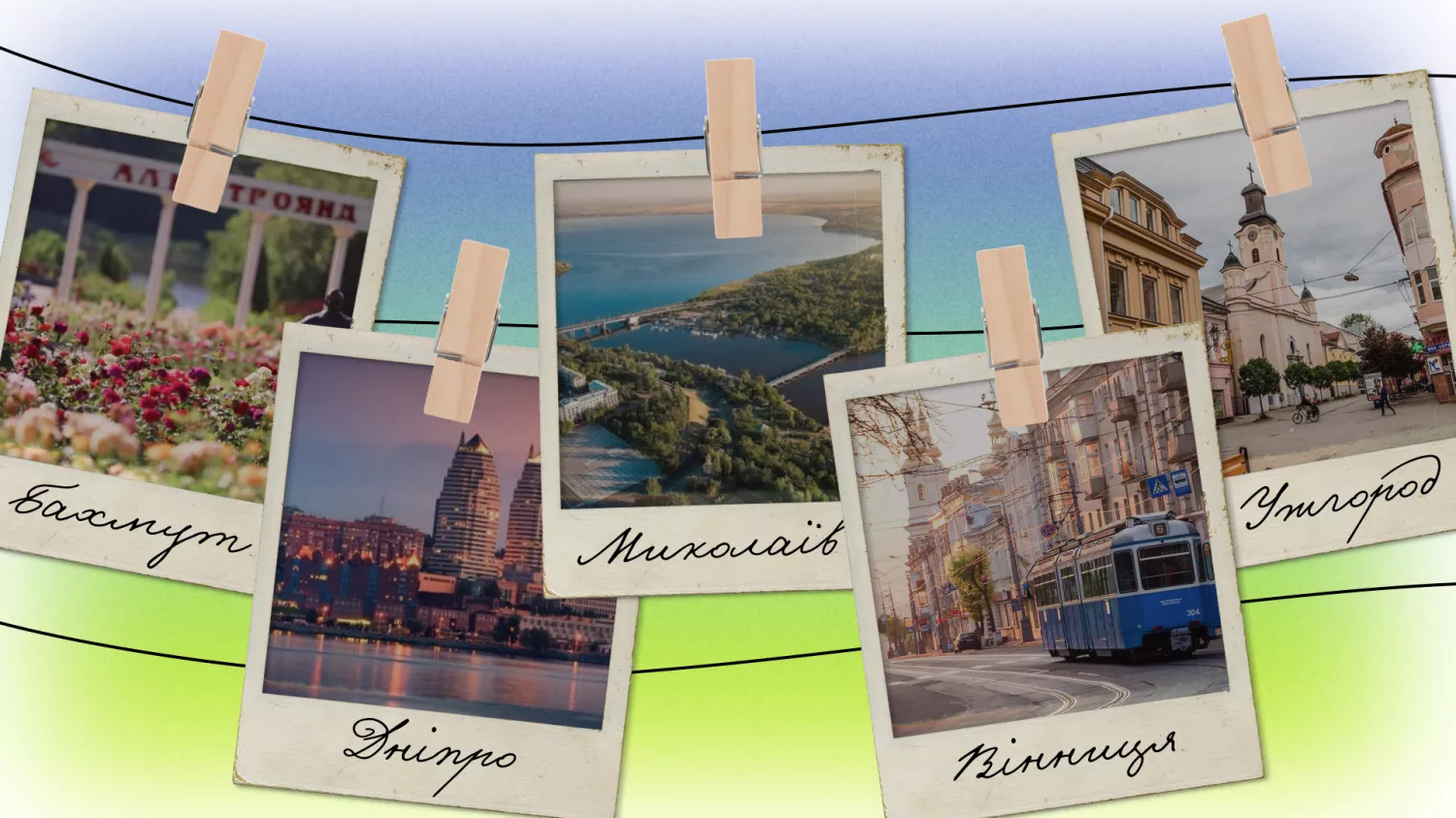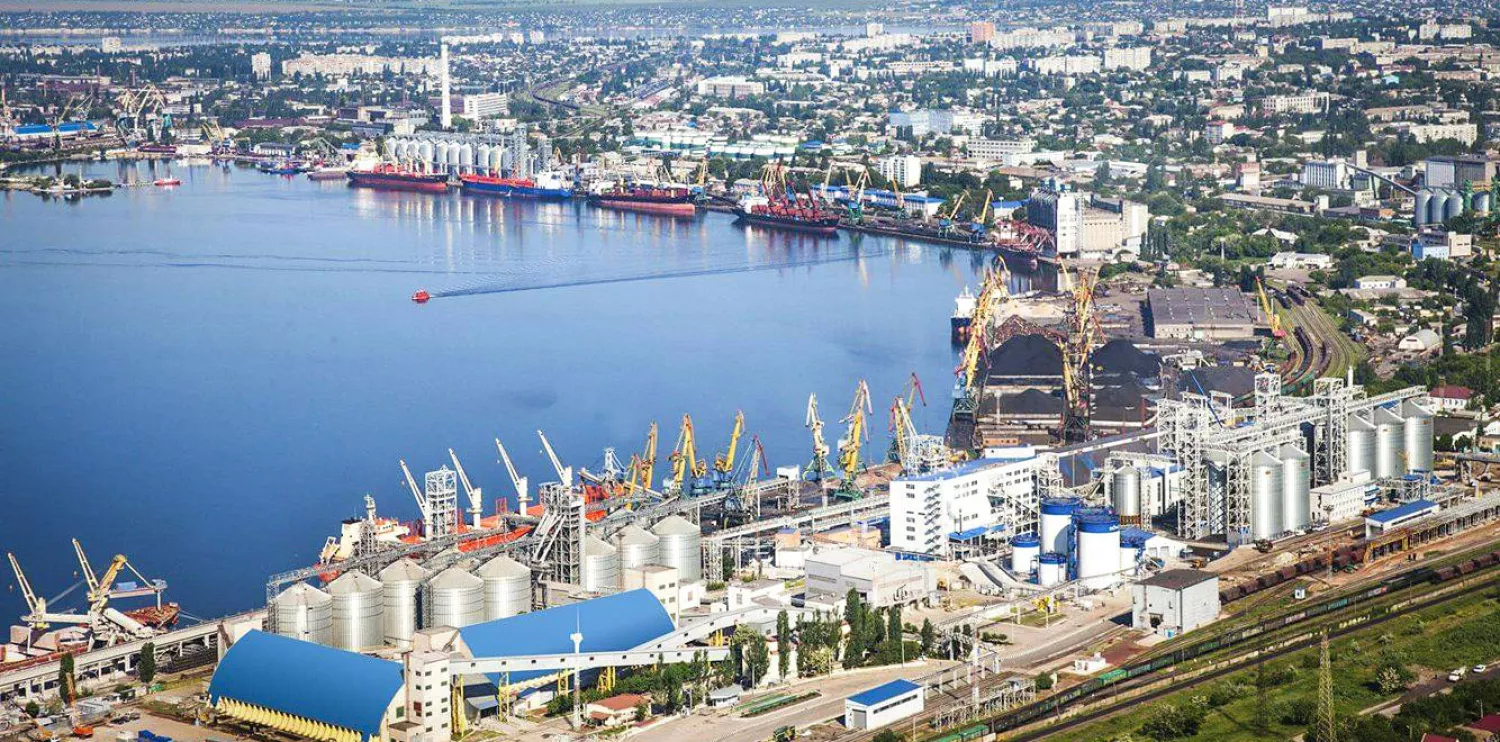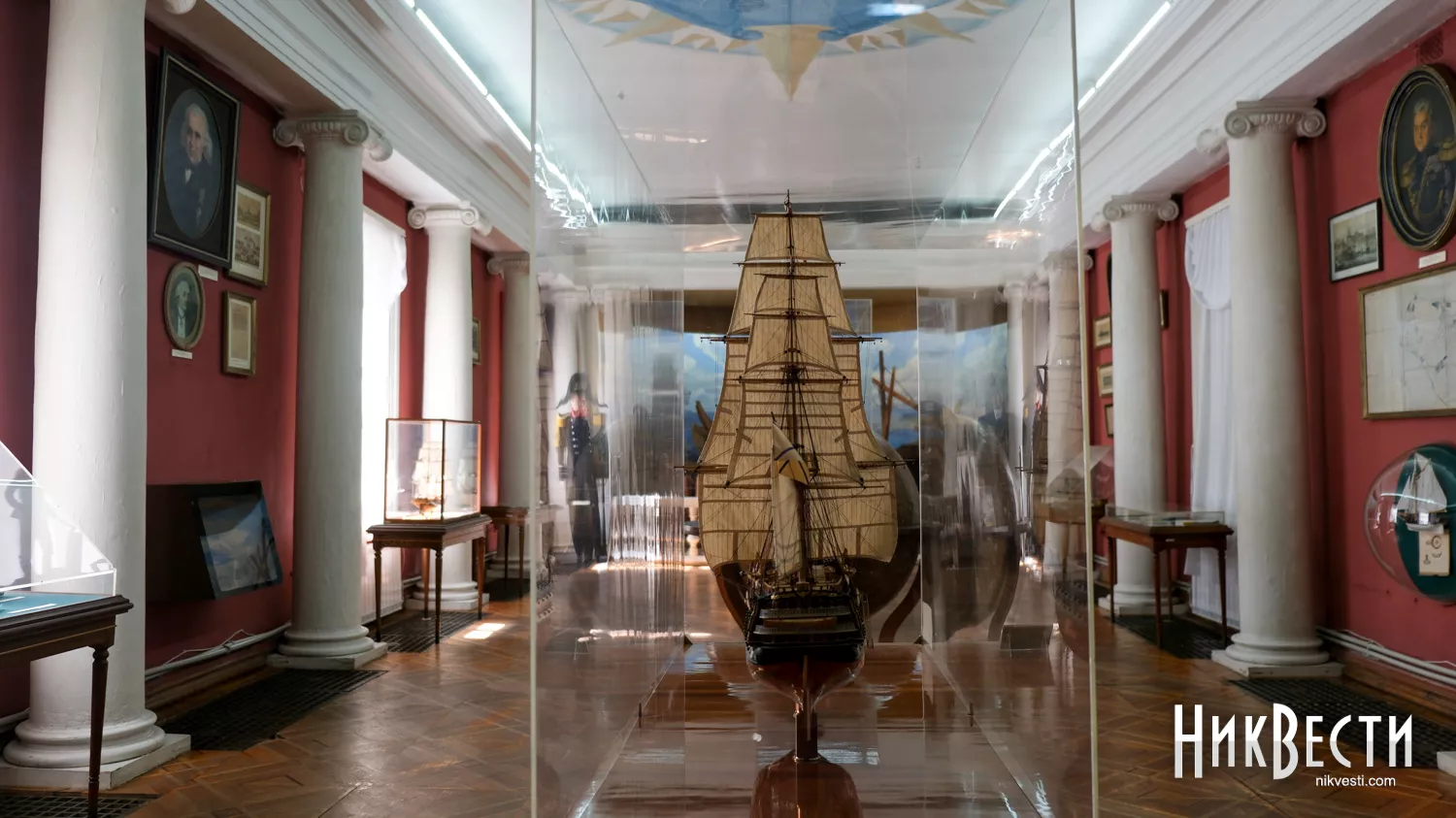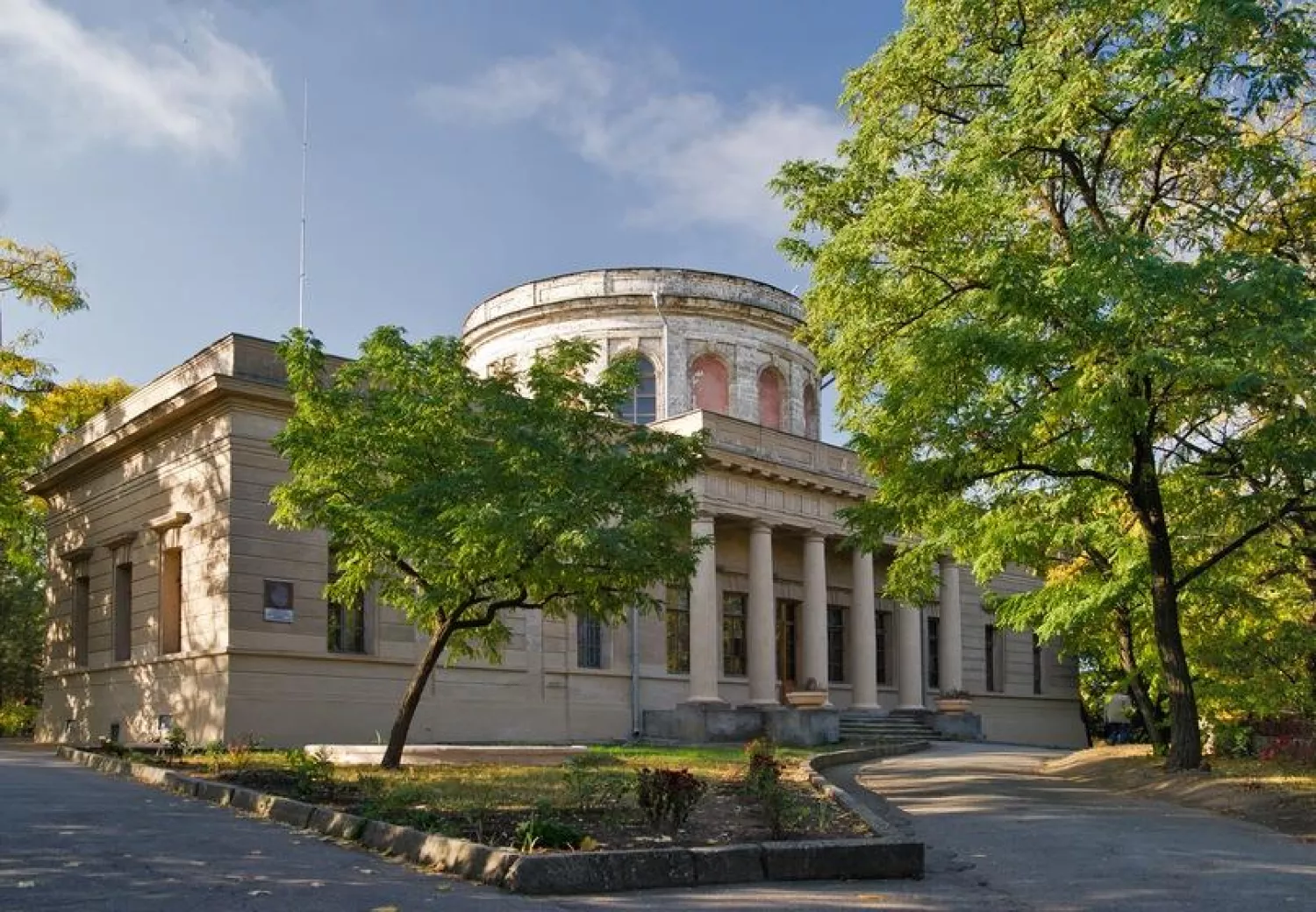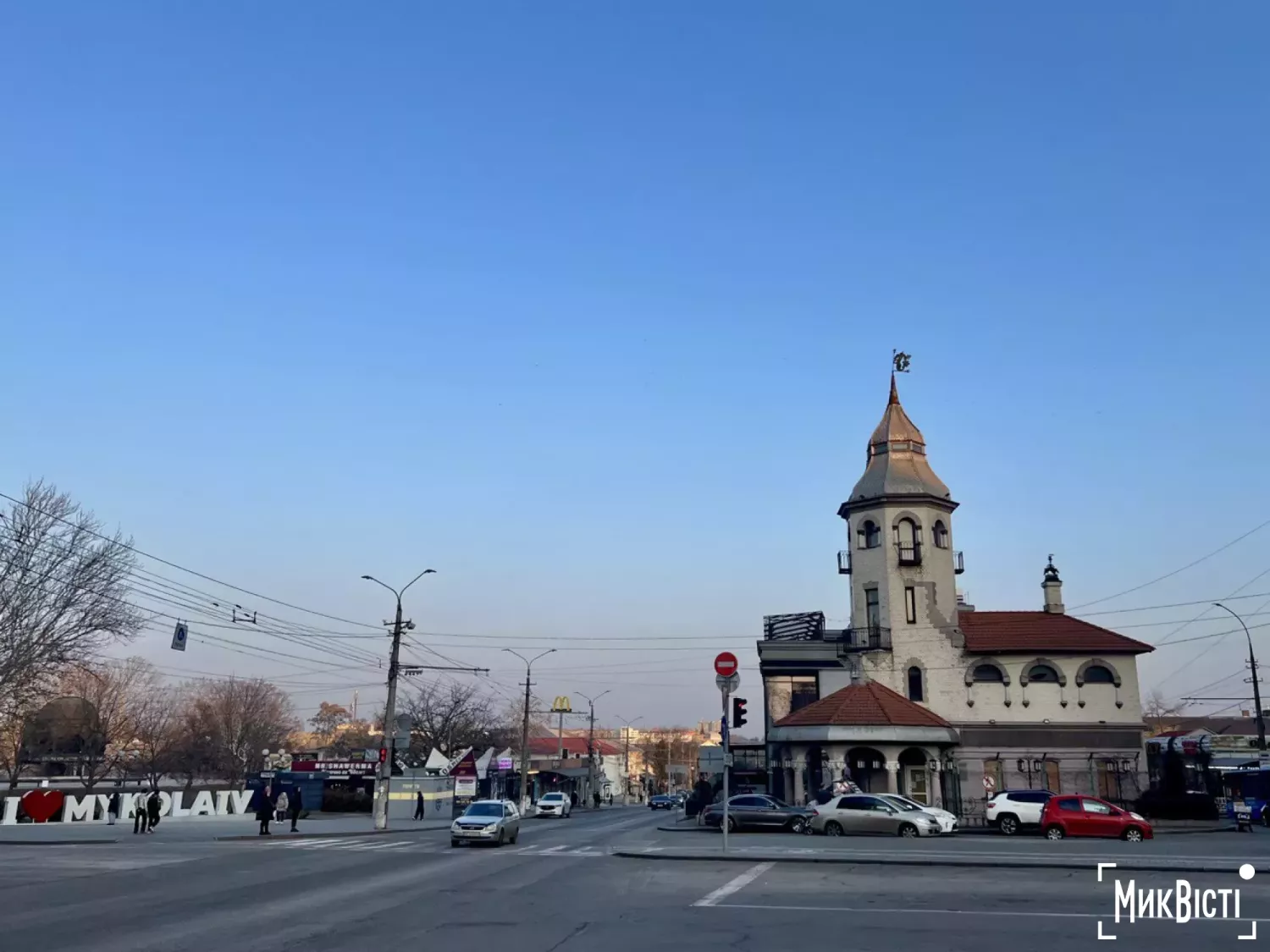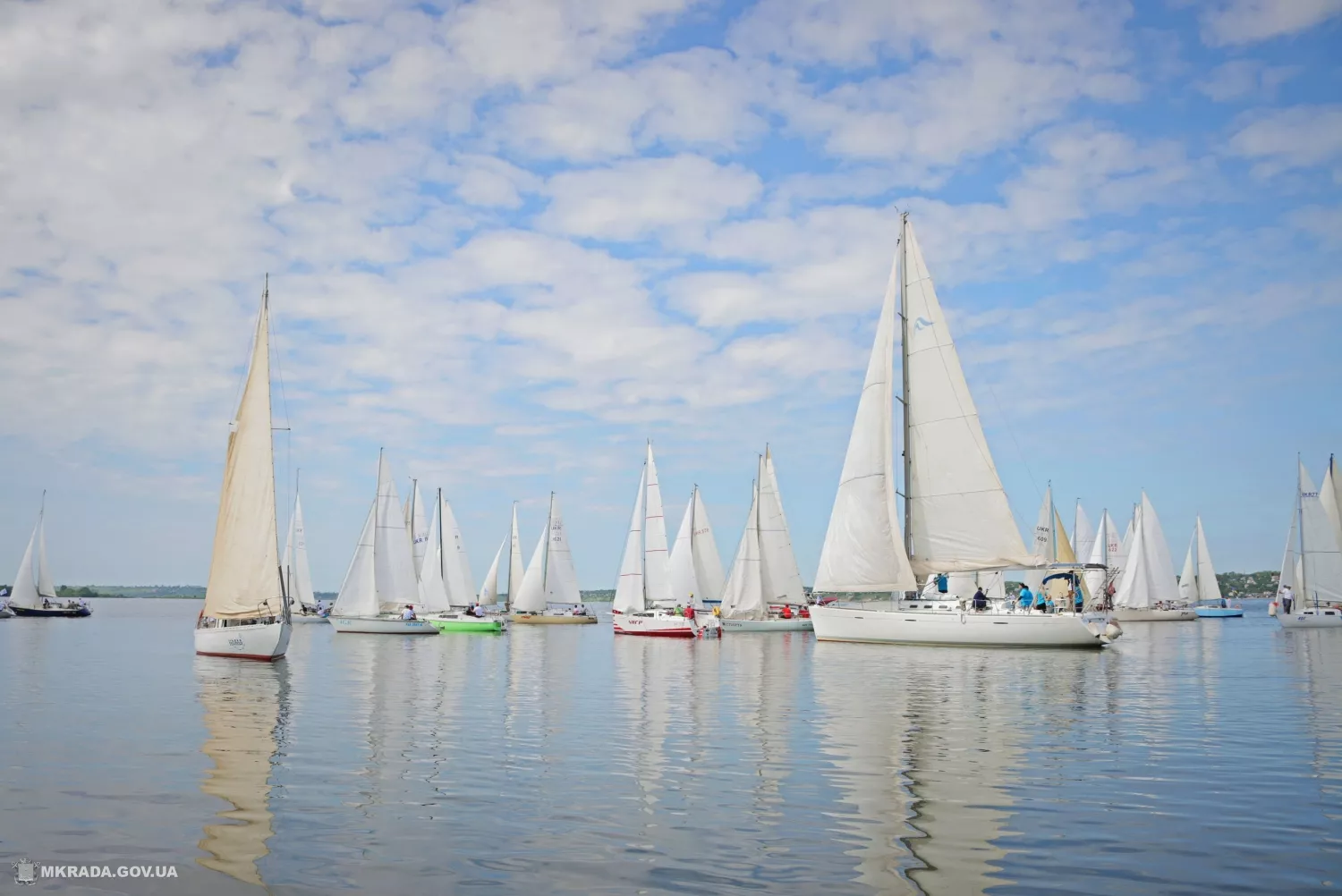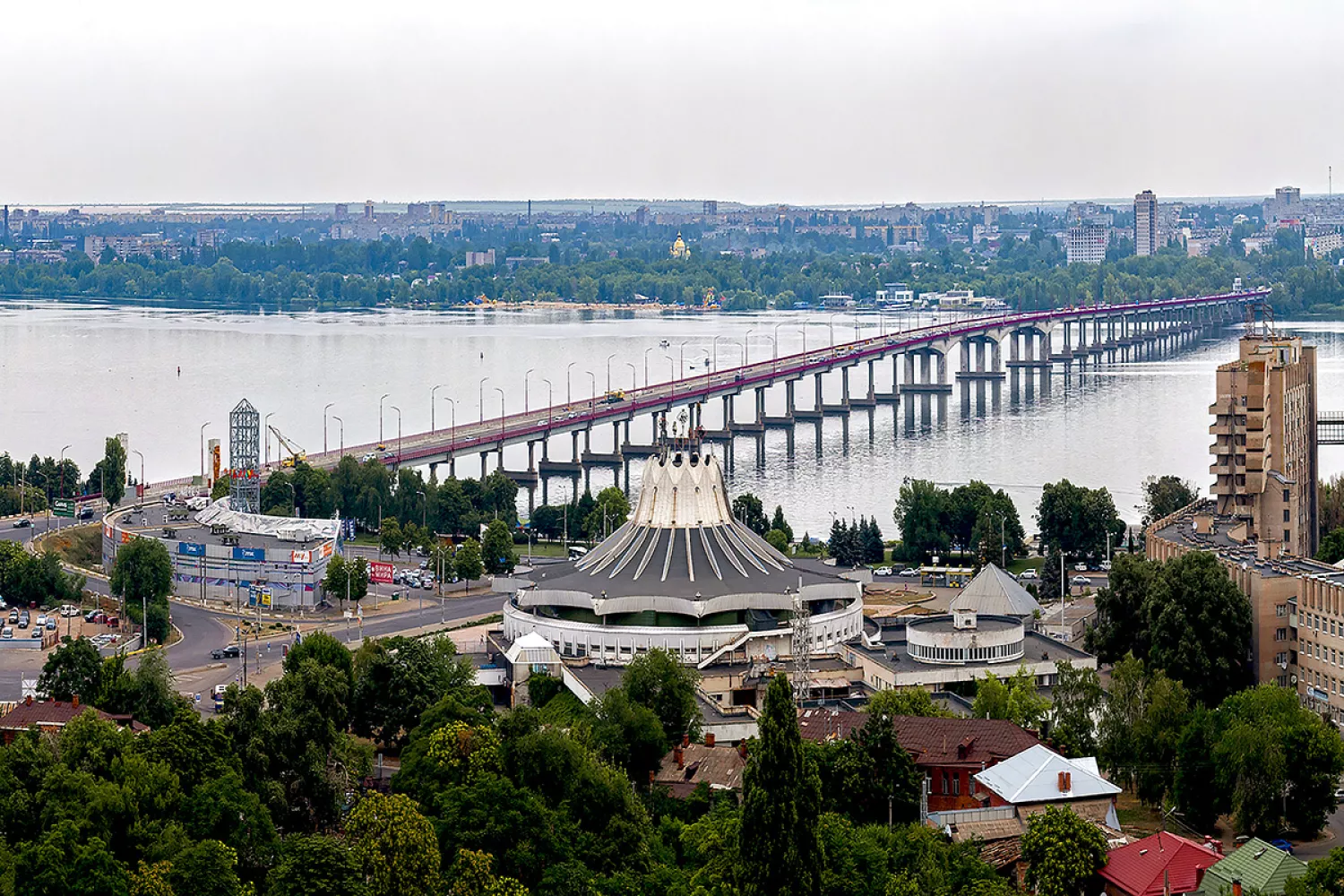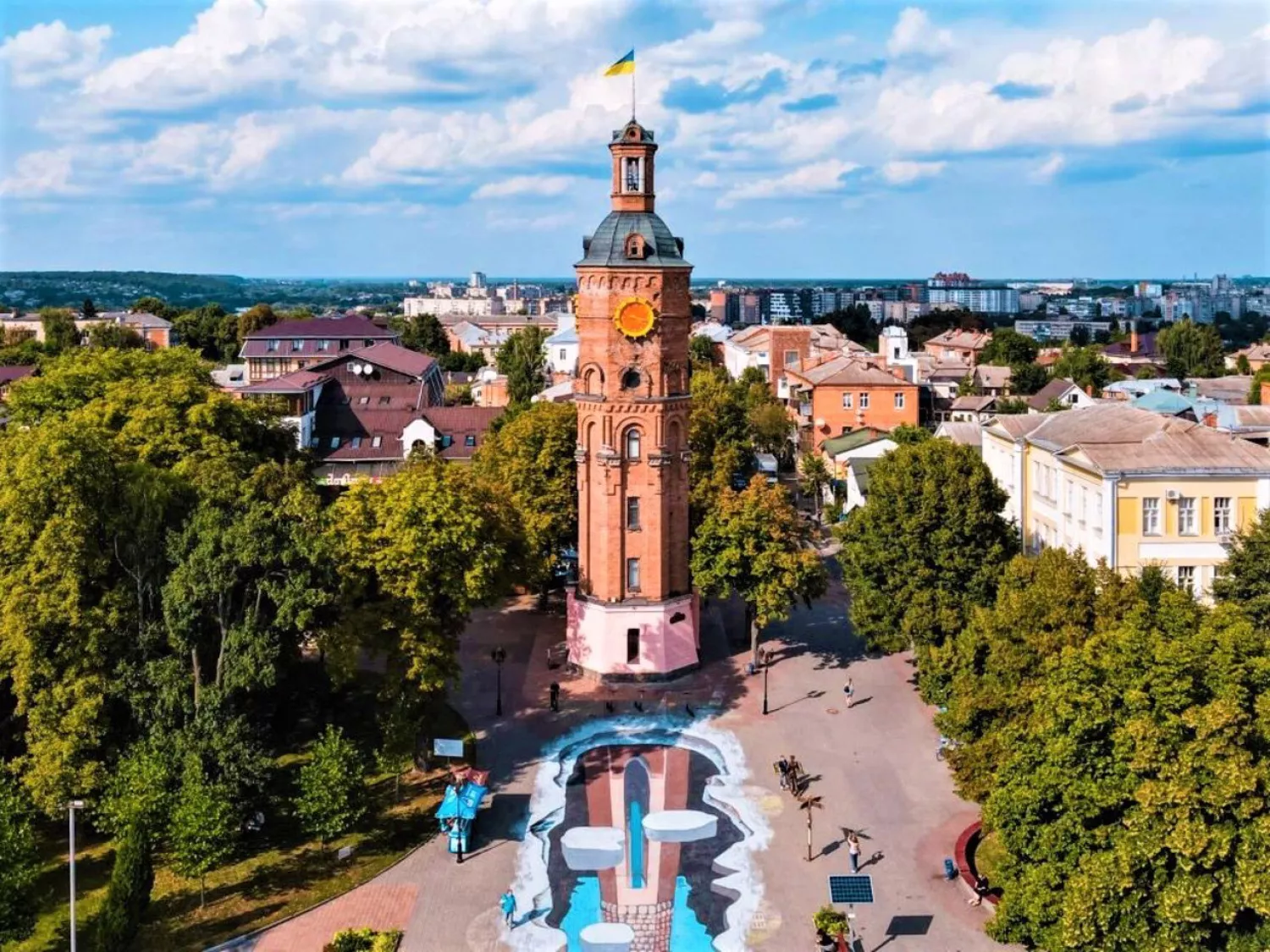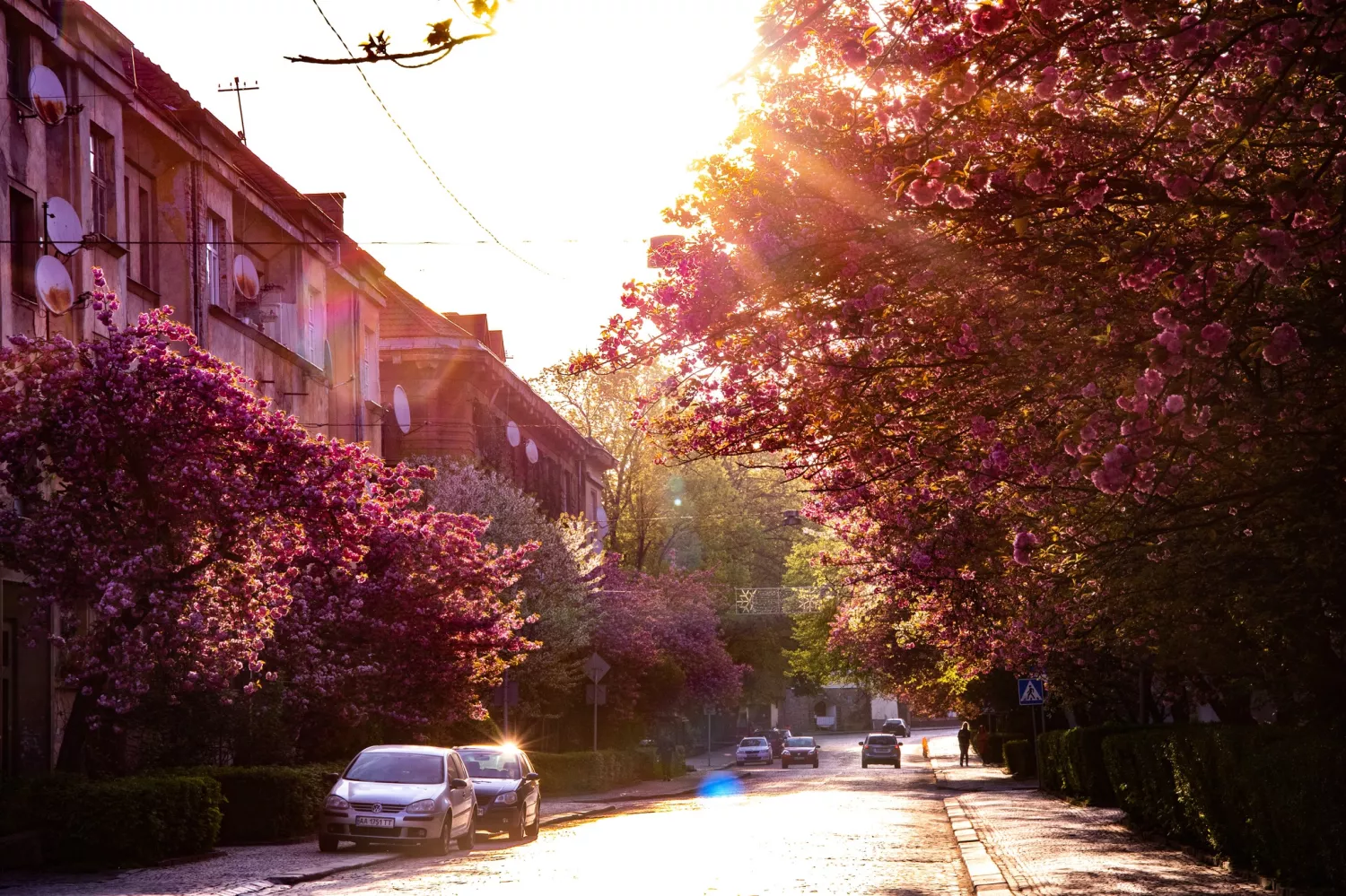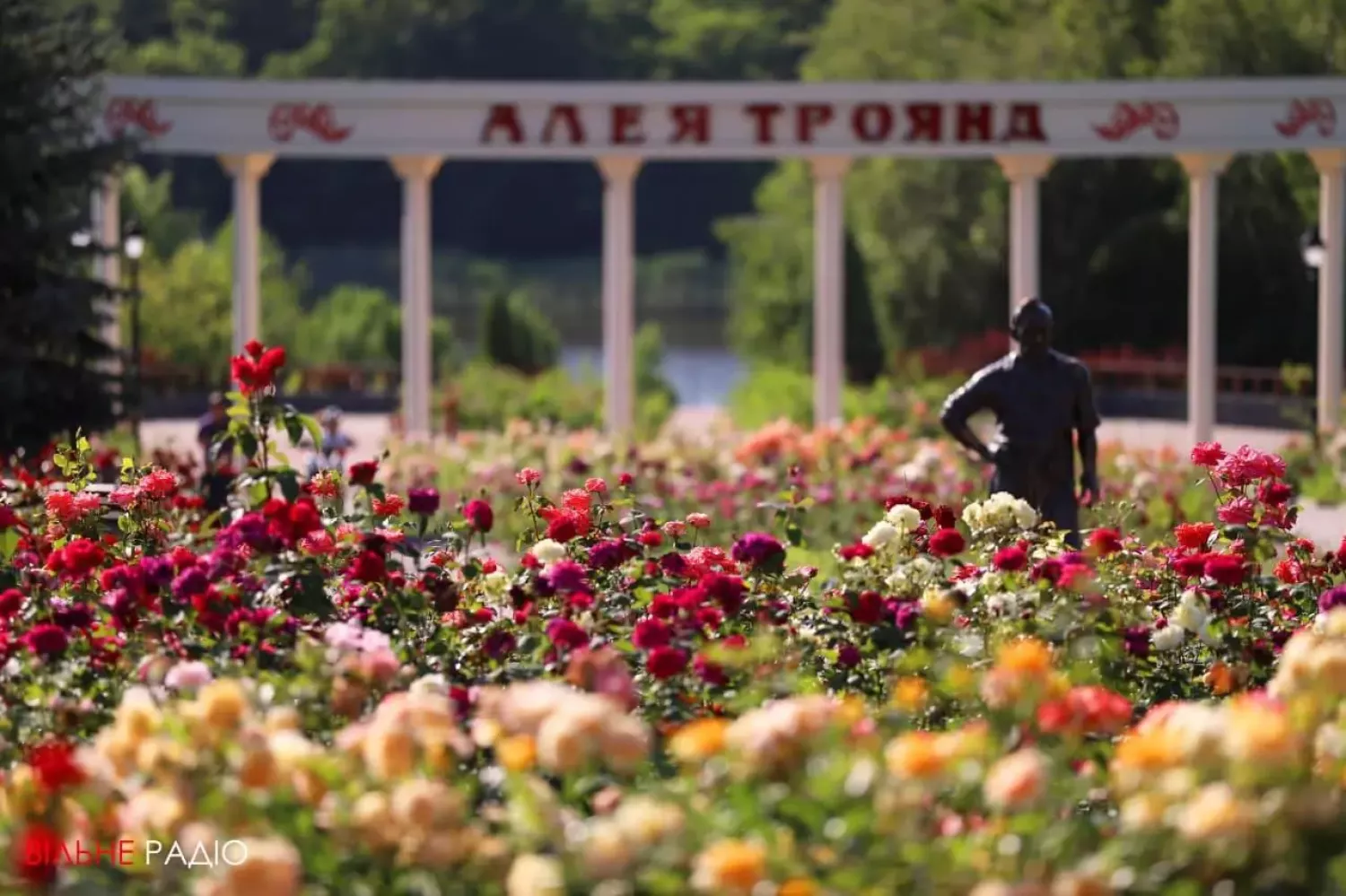Mykolaiv, Bakhmut, Vinnytsia, Uzhhorod and Dnipro celebrate their City Day. What unites them and makes them unique
- News of Mykolaiv
-
•
-

- Kateryna Sereda
-
•
-
10:05, 13 September, 2025
They were born on the same day, but they have different characters. According to the calendar, they are Virgins, but in fact they are fortress cities that were once built for defence and later grew into modern European centres. Their rivers defined the landscape and economy, but became places of recreation and walks, their universities became centres of knowledge, and their streets reflected cultural diversity. These days, Bakhmut, Uzhhorod, Vinnytsia, Dnipro, and Mykolaiv are celebrating their birthdays.
The media of these five cities — Mykolaiv (NikVesti), Bakhmut (Radio Liberty), Vinnytsia (20 minutes), Dnipro (Dnipro.media), and Uzhhorod(Varosh) — have joined forces to tell us how they are similar, how they differ, and what kind of character they have. And to celebrate with all the birthday people.
What do Mykolaiv, Bakhmut, Vinnytsia, Dnipro, and Uzhhorod have in common?
If we can say that people know each other through six handshakes, then today's birthday celebrants are united by rivers and roads.
Each of the five cities stands on a river: Dnipro for the Dnipro River; Bakhmut for Bakhmutka; Vinnytsia for the Pivdennyi Buh; Mykolaiv for the confluence of the Pivdennyi Buh and the Ingul; and Uzh for the Uzh.
It is not surprising that in every city you can hear from young people about the traditional meeting place «on the waterfront».
Not only water, but also roads lead to the birthday parties. Bakhmut, Vinnytsia, Dnipro, Uzhhorod, and Mykolaiv are important transport hubs: all have (or had in the case of Bakhmut) significant railway/road connections.
Each of the cities has given Ukraine more than one generation of intellectuals: historically, industrial and educational centres here have trained specialists in mechanical engineering, logistics, linguistics, etc.
With a thirst for knowledge, creativity and self-discovery, each of the birthday people can be invited to a unique museum (different in subject matter, but unique in their uniqueness across the country): in Mykolaiv — the Museum of Shipbuilding, in Dnipro — the Museum of the Memory of the Jewish People and the Holocaust in Ukraine, in Uzhhorod - the cafe-museum «Under the Castle», in Vinnytsia — the Tram Museum, in Bakhmut — the Pysanka Museum. The latter is currently closed due to the occupation of the territories, but its master continues to work in the Donetsk region.
Ukraine is not the last thing that unites the cities celebrating. Each of the cities is part of an independent country, which is shaped by common values, views, aspirations, interests, and the uniqueness of each of the cities, towns and villages.
What distinguishes Mykolaiv, Dnipro, Vinnytsia, Uzhhorod and Bakhmut
Hello! I am Kateryna Sereda, the author of this article.
Thank you for your attention to our texts — it means a lot to the NikVesti team.
We regularly publish in-depth materials for those who want to understand the topic and get to the heart of the matter.
We have dozens of examples when our journalism, together with our readers, has influenced situations and changed them.
Join the NikVesti Readers’ Club — support independent journalism that matters.
Support us by joining the NikVesti Club
Mykolaiv: a city of ships, science and engineering innovations
Mykolaiv appeared on the map in 1789, when the first shipyard for the Black Sea Fleet was laid here. Since then, the city has become known as the city of shipbuilders — it is with this phrase that every book about Mykolaiv begins, without exaggeration. Its factories built ships for the navy and civilian fleet, and Mykolaiv engineers became famous all over the world. This heritage is now preserved by Ukraine's only unique shipbuilding and naval museum, which houses ancient drawings, documents and ship models.
Mykolaiv grew up at the picturesque confluence of the Southern Bug and Ingul rivers. The rivers shaped the economy, provided resources, and were transport arteries. The bridges connecting different parts of the city have become real symbols. Today, the embankments and the coast are favourite places for walking and relaxing.
Before the full-scale invasion, Mykolaiv was one of the most important industrial centres in the south. It was here that enterprises that influenced the economy of the whole of Ukraine operated.
-
«Nibulon» is an agricultural giant with its own fleet and logistics network that opened the way for Ukraine to enter the global grain markets and developed river shipping on the Dnipro and Southern Bug.
-
«Sandora» (PepsiCo) is one of the largest producers of juices and beverages in the country.
-
The seaports of «Mykolaiv», «Olvia», «Nika Tera» are the main «gateways» for exports of grain, metal, and construction materials.
-
Machine-building and food processing enterprises employed thousands of Mykolaiv residents.
There is also the international airport «Mykolaiv», which has not been functioning for some time but remains a strategic resource for future recovery.
Today, some of these businesses are forced to suspend operations due to the hostilities and the blockade of ports. But their potential remains enormous. Mykolaiv has everything it needs to quickly rebuild its economy after the war ends: convenient logistics, access to the sea, modern production sites and highly skilled workers.
A special place is occupied by the state-owned enterprise «Zoria-Mashproekt». This is a unique plant that develops and manufactures gas turbine engines and installations. They are used both on warships and in the energy sector. Only a few countries in the world create such technologies, including Ukraine, thanks to Mykolaiv. «Zoria» has been supplying power plants to other countries for decades. This is proof that Mykolaiv is not only a port and working city, but also a centre of high technology and engineering innovation.
There are several unique facilities in Mykolaiv that the city can be proud of:
- The Mykolaiv Astronomical Observatory (1821) is one of the oldest in Europe and is now a UNESCO World Heritage Site.
- The oldest yacht club on the Black Sea (1887), which has brought up generations of athletes and sailing enthusiasts.
- The Mykolaiv Zoo (1901) is one of the oldest in Eastern Europe, known for its collection of animals and international programmes to preserve rare species.
The centre of Mykolaiv is designed according to a unique system for Ukraine: the streets intersect at right angles, forming a regular «grid». This layout gives the city a sense of orderliness.
The full-scale war made Mykolaiv a defence line in the south. The city withstood artillery and rocket attacks, lived without water for months and was under constant threat. Despite this, doctors, utilities, volunteers, and local media worked to keep the city alive.
This year, Mykolaiv turned 236 years old. During this time, it has survived wars, blockades, decline and rise. And now, even in the most difficult conditions, the city is restoring the basics: houses are being repaired, water supply is being restored, public transport is returning, and schools and universities are operating. Life remains challenging, but Mykolaiv is stubbornly holding on and looking for ways to develop.
Unique twists and turns in Dnipro's history
1. Dnipro is a city with a «floating» name. What is now the territory of modern-day Dnipro was called Stara Samara, Novi Kodaky, Katerynoslav (First and Second), Novorossiisk, Krasnodniprovsk, Dnipropetrovsk, Dniprovsk, and then Dnipropetrovsk again. It was only in 2016 that the city was officially named Dnipro.
2. Dnipro is an industrial giant, a centre of ferrous metallurgy and chemical industry. It has been compared to Manchester, Sheffield, and the Belgian city of Seraing, near Liege. And all because of the scale of its industrial capacity.
3. The city in the middle of wars and revolutions. Only from 1917 to 1919, the government changed 19 times. And not only then, the city passed from one leader to another
4. «Rocket capital». After the Second World War, Dnipro quickly became a «conditionally closed city», where the main weapons of the missile forces were manufactured.
5. Dnipro is a city of resilient Ukrainians. In the second half of the twentieth century, the Organisation of Ukrainian Nationalists operated in Dnipro, even though the UPA's activities did not reach the city. In 2014, pro-Russian separatists failed to seize administrative buildings in Dnipro. Since the beginning of the war and even during the full-scale invasion, Dnipro has been and remains an important city in the close rear.
Read more about the history of Dnipro and the uniqueness of this birthday city in the article by Dnipro.media.
What makes Vinnytsia recognisable
-
Archaeological findings show that people have been settling on the territory of modern Vinnytsia since the time of the Trypillian culture, Scythians, Chernyakhivtsi and ancient Russian settlements. Vinnytsia was the capital of the Ukrainian People's Republic three times: in December 1918, February-March 1919, and May 1920.
-
The opening of the railway in the 19th century facilitated the development of industry: a brewery, a meat processing plant, a shoe factory and a garment factory were opened in Vinnytsia. Today, the city is home to powerful machine-building and food processing companies, and industrial parks are actively developing. Vinnytsia is also an important centre for relocated businesses, where more than 20 companies have resumed operations, particularly in the household chemicals and cosmetics industry.
-
The water tower, built in 1911-1912 by architect Hryhorii Artynov, is one of the architectural gems of Vinnytsia. Initially, it served as a water pumping station and a city clock. After reconstruction in 1978-1985, the tower was adapted into a museum «City in the Mirror of Time», which hosts exhibitions on the history of Vinnytsia, its architecture and cultural heritage, as well as temporary exhibitions of contemporary art. The 30-metre-high observation deck offers a breathtaking view of the waterfront, central streets and historic buildings.
-
Vinnytsia is home to Europe's largest river light and music fountain «Roshen». Its length is 97 metres and the jet height is up to 60 metres. In winter, the fountain is submerged under water to preserve it until the new season. In addition to this fountain, there are almost two dozen other fountains in the city, ranging from classical to light and music fountains, which is why Vinnytsia is rightly called the city of fountains.
-
Vinnytsia is home to the embalmed body of the famous surgeon Mykola Pyrogov. Since 1861, he lived in the estate «Vyshnia» and founded a hospital and a pharmacy here. After his death in 1881, Pirogov's body was placed in the church-tomb built in 1885. Today, the museum complex includes the estate, the museum-pharmacy, the burial church, and a park with trees planted by Pirogov himself. The estate is an important cultural and scientific centre and one of the most popular tourist attractions in the city.
Read more about the history of Vinnytsia and the uniqueness of the birthday girl in the article by 20 Minutes.
What you might not know about Uzhhorod
1. This is the longest linden alley in Europe. It is 2.2 kilometres long. More than 300 trees were planted by Czech botanists in 1928. To see it, take a stroll along Nezalezhnist embankment.
2. The smallest lighthouse in Ukraine is located in Uzhhorod — thanks to its shape and built-in flashing LED. The statue was installed on the parapet of the pedestrian bridge in 2011 in honour of the Uzhhorod Regatta.
3. One of the oldest churches in Ukraine (second only to St Sophia of Kyiv) is also located in Uzhhorod. It was built between the 10th and 14th centuries, and the exact date of construction is unknown. Inside, there are unique frescoes of the XIV-XV centuries created by Italian masters.
4. In the Transcarpathian Museum of Local Lore, which is located within the walls of the Uzhhorod Castle, you can see one of the oldest exhibits in Europe - a 33 million-year-old print of a lone tuna.
5. It was in this city that the first European railway was opened — trains from Uzhhorod will travel to European capitals such as Bratyslava, Budapest, and Vienna without changing trains.
Read more about the history of Uzhhorod and the uniqueness of this birthday city in the article by Varosh.
From salt miners to a symbol of war: what makes Bakhmut special
1. A fortress city. Bakhmut emerged at the end of the seventeenth century as a settlement of salt workers, and in 1703 a fortress was built here to protect against the raids of the Tatars and Nohai. It was then that the town's history as a border military centre began.
2. Champagne from the mines. A unique winemaking industry was developed in Bakhmut: sparkling wine was produced in underground alabaster mines using classical technology. «Artemivske» champagne has long been the city's trademark.
3. Architectural gems. Before the full-scale war, the city had about 30 historic buildings, including churches of the 18th and 19th centuries, synagogues, businessmen's estates, and the building of the former Azov-Don Bank. Many of them were destroyed by Russian shelling.
4. The city of roses. Before the war, the streets of Bakhmut were decorated with thousands of roses, which became its symbol. Today, Bakhmut residents plant roses all over Ukraine as a sign of memory of their hometown.
5. A symbol of indestructibility. In 2022-2023, the longest and fiercest battles of the full-scale war took place for Bakhmut. Despite the destruction, the city became a symbol of Ukraine's resilience and courage.
Read more about the history of Bakhmut and the uniqueness of this birthday town in the article by Radio Liberty.
Чому ви читаєте «МикВісті»? Яка наша діяльність найбільш важлива для вас? Та чи хотіли б ви стати частиною спільноти читачів? Пройдіть опитування, це анонімно і займе 5 хвилин вашого часу


